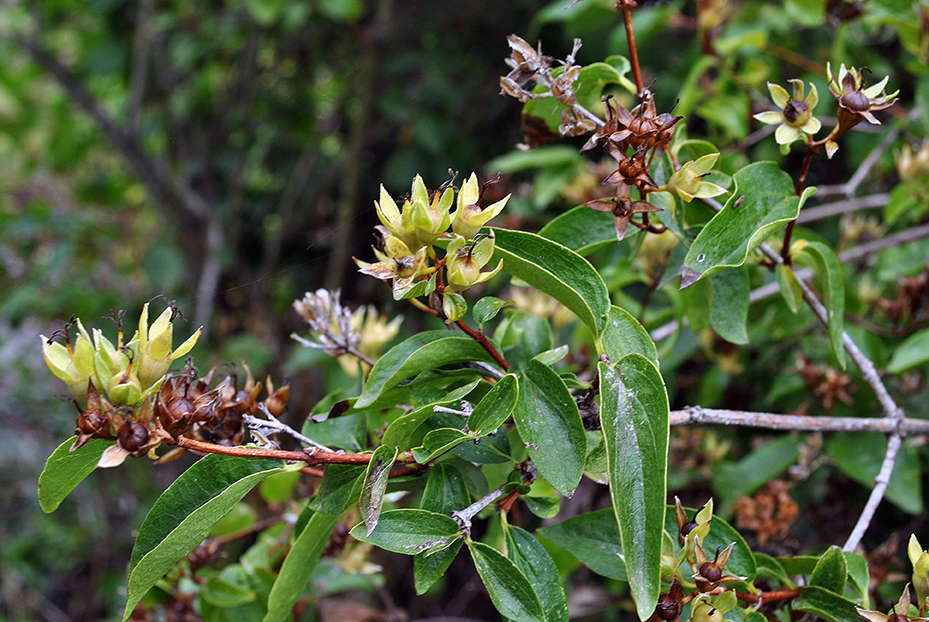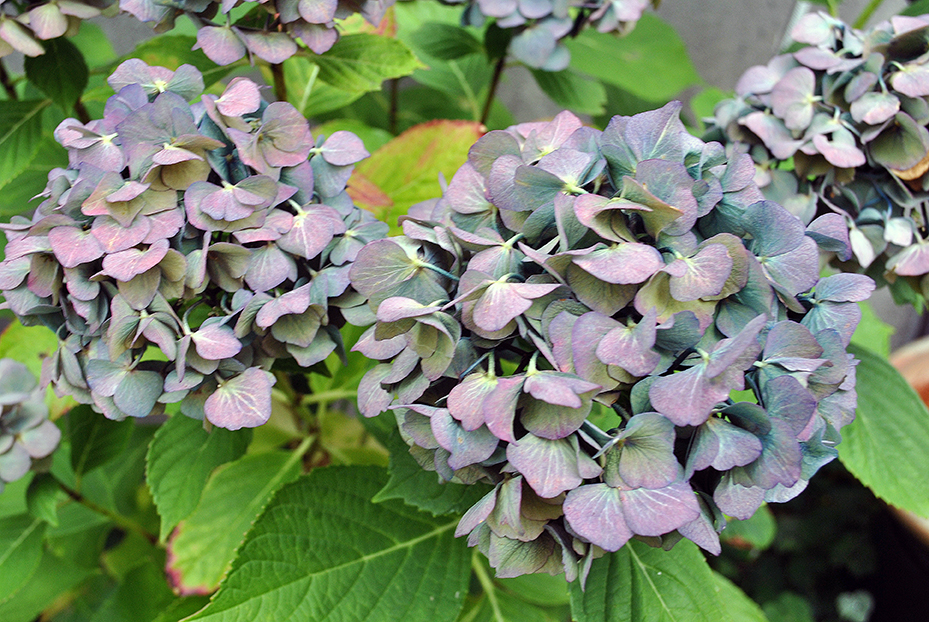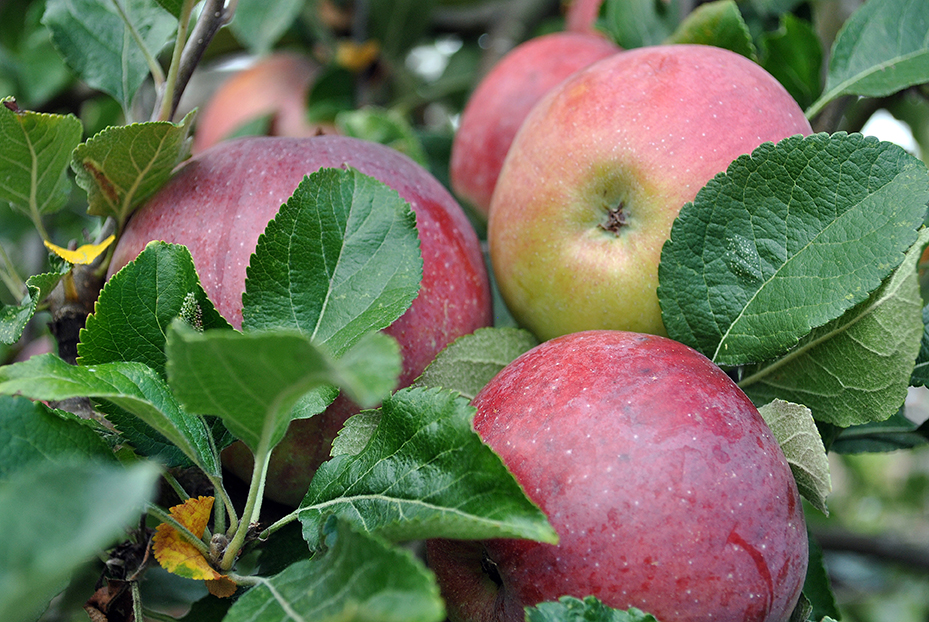The Waning Garden

Revel in the Change of Season
It’s that time of year when some might think my garden looks a little sad. Blooms fade. Leaves yellow and wither. And the fruits and veggies are putting on their clearance sales before shuttering their doors for the season.
I’m not one for annuals—except for a few mums in pots, and I’ve never been accused of having a polished formal garden. Instead, I like to see my garden in all its natural phases, and that includes the transition from summer to fall.
While some gardeners grab their shears the moment a bloom fades, I like to let many of my flowers and plants go to seed. Not only do some, like the Western Columbine, re-seed for the next year, many provide food for birds. I do deadhead a few early in the summer—those I know are likely to re-bloom—but I’ve learned to see the beauty in dried stalks and seed heads. I also collect some seeds to create starts for the following spring. You can read how I do this in an older post here.
I plant a number of perennial native shrubs that provide fruit for the birds well into winter here in temperate Seattle. Native red flowering currents and huckleberries are favorites of the chickadees and robins.
Since I do like to see some color mixed with the yellows and browns, I’ve included some late-blooming plants in my garden, including native asters, sunflowers, and hardy fuchsia. These, along with the second round of blooms on herbs like rosemary, keep the bees visiting too.
Following is a photo essay of my favorite late-summer garden scenes. All photos by Andrea Leigh Ptak ©2014.
Late Summer Vegetables
Tomatoes will continue to ripen for another few weeks, unless we get an unseasonal drop in temperatures.
Baby summer squash are great in stir-fries, and the late-season blossoms add a pop of color.
Fading Blooms and Seed Heads
Coneflowers fade from bright pink to a soft pastel. Their dropped seeds will result in a number of volunteers to transplant or give away.
Bee balm will come back to attract pollinators again next summer, but now its seed heads provide contrast against the side of an old wrought iron bench.
The birds will feast on these native mock orange seeds.
The dusty greens and purples of fading hydrangeas look beautiful in a dried bouquet. Learn how to dry them here.
Summer Fruit for People and Birds
These apples are almost ripe. They’ll become apple butter and get added to smoothies. They freeze well for use all year.
Ever-bearing raspberries are on their second round and will provide fruit for breakfast until the first frost.
The robins and bush tits love these native huckleberries. Though tiny, they’re yummy in pancakes for people!
The chickadees love these currents, but I find them bland and tasteless. They were used by the First Peoples of the PNW.
Late Summer Blossoms
Native asters bloom through September, keeping bees happy and frequent garden visitors.
The sunflowers I started in June are still going strong—attracting birds, bees and, unfortunately, squirrels (though they do have to eat too).
Flowering fennel attracts bees and adds color. I collect the resulting seeds for cooking.
- Words by Andrea Leigh Ptak
- September 3, 2014
- 5 Comments














Gorgeous photos Andie! I too have left my “butterfly” flowers for the butterflies and bees, tho I’d had loved to have had them on my kitchen table. Xo m
Beautiful photos! Summer is on the wane here too. No hummingbirds at the feeders today. They must have started their migration. They were feeding at a frenzy for the past two weeks. Mums, asters, anemones and second crop of raspberries are setting up along with the sedums. Autumn Joy climatis should be in bloom soon.
Stunning, takes my breath away. Your photos are beautiful.
Beautiful healthy garden, so jealous! Mine is so shady!
Lovely post. Really great to see!